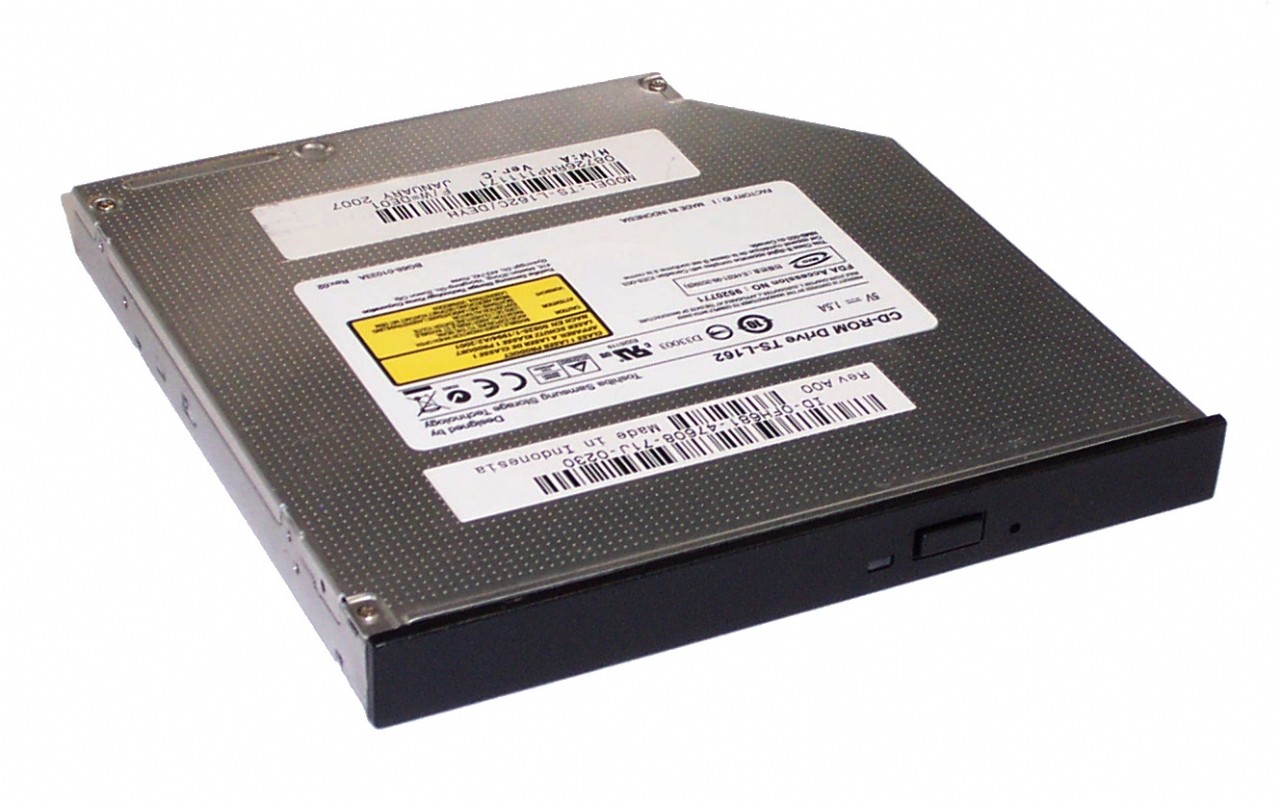
The compact disc was developed jointly by Philips and Sony. Philips contributed laser disc experience and Sony digital audio expertise. But there were other necessary technologies that were invented and/or developed several decades before the CD was launched.
The compact disc supports a range of pre-recorded formats for music, computer data, video, games and other applications.
CD Audio is the original CD format on which all other formats are based. CD Audio discs may also use CD-Graphics or CD-Text, while CD-Extra adds computer data to the audio.
The Compact Disc Digital Audio (CD-DA) standard was developed by Philips and Sony and introduced into the market in 1982. Compact Discs are superior to vinyl discs and cassettes in a number of ways:
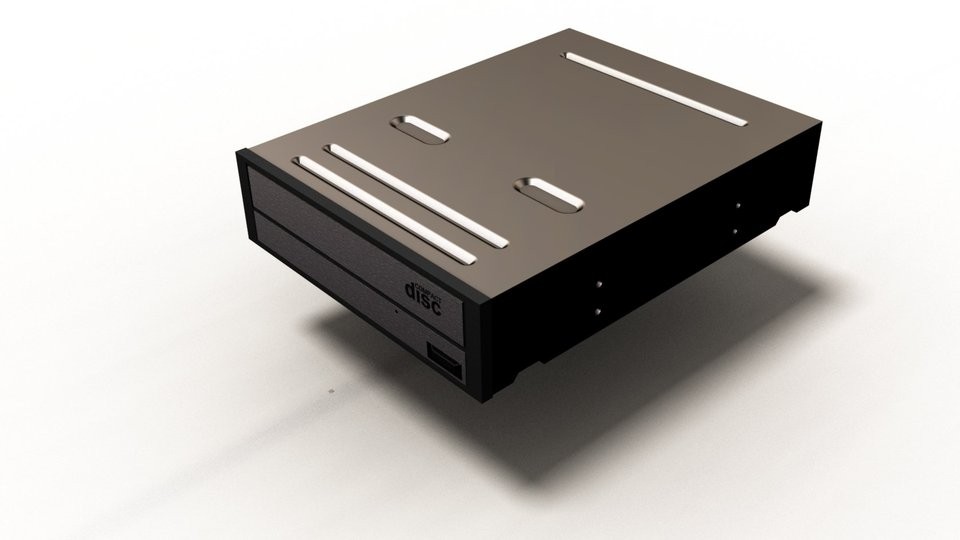
Digital Audio and Laser Technology: Compact Discs use digital techniques for storing the stereo sound. On vinyl and audiocassettes, the audio waveform is recorded as a direct analogue of the audio waveform. On cassettes this is a magnetic field that varies with the audio signal. On vinyl the groove is modulated with the audio signal. Any imperfections will be heard as noise (hiss) or other defects.
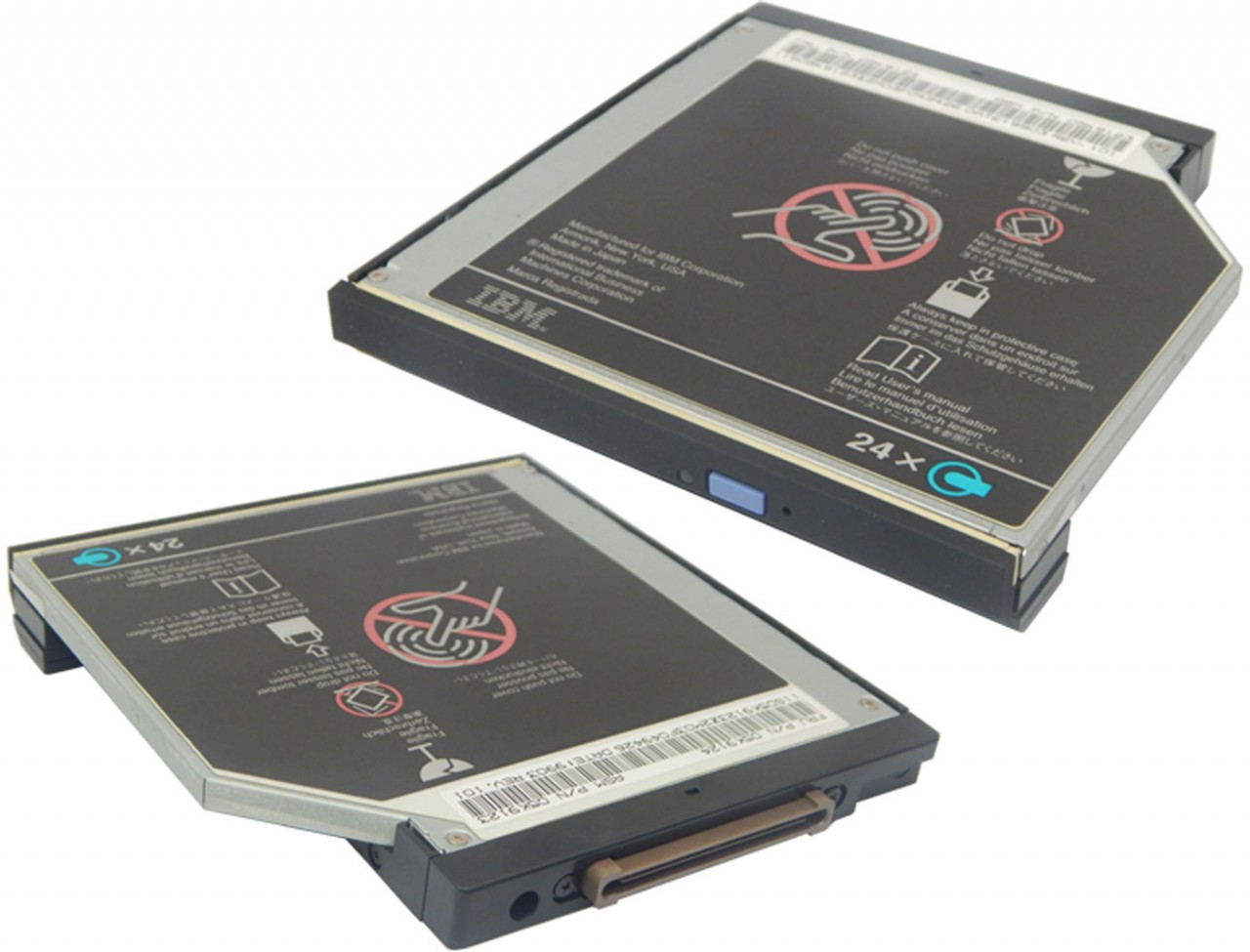
Using digital technology the audio is stored not as an analogue value but a number representing the amplitude of the audio signal at a particular time. This number must be accurate to avoid errors that might be introduced. Generally, a digital representation of a changing signal will require much more information than the analogue version. The example in Figure 2 shows the conversion of an analogue waveform (which could be part of an audio signal) to digital by representing each sample by a number (from 0 to 100 in this simple example). Figure 2 Digital to Analogue Conversion In practice the range of values and sampling rate must be high enough to ensure accurate reproduction of the original analogue waveform. The upper limit for the human ear is about 20 kHz so the audio must be sampled at 40,000 times per second or higher (since two samples are required for both halves of a sine wave). To reduce distortion and quantisation noise each sample must be represented by at least a 16-bit number giving 65,536 values or levels (0 to 65,535) per sample. This gives a large enough range from the quietest to the loudest sound without any noticeable distortion. Compact Discs sample the audio 44,100 times per second. The total information needed for 1 second of audio is therefore 44,100 x 2 x 16 = 1,411,200 bits. A bit is a binary digit and has the value 0 or 1. Although longer times are possible, the maximum playing time for all CDs is about 74 minutes to ensure compatibility with earlier CD players. This means that one CD must store 1,411,200 x 74 x 60 = 6,265.728 million bits = 783.216 million bytes, where one byte = 8 bits.
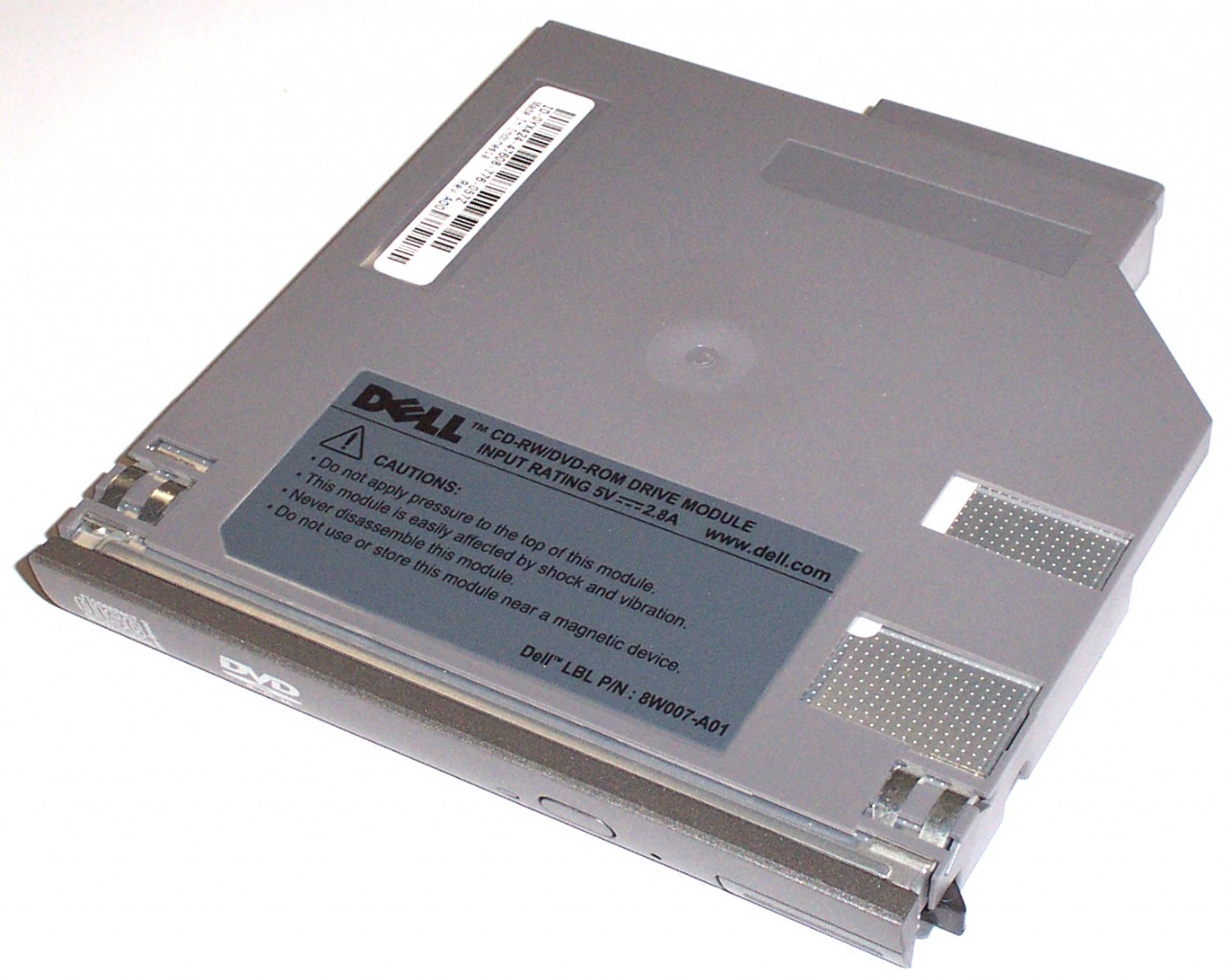
The compact disc was designed to store at least one hour of high quality stereo, digital audio. Philips and Sony worked together on the CD audio specification (known as the Red Book).
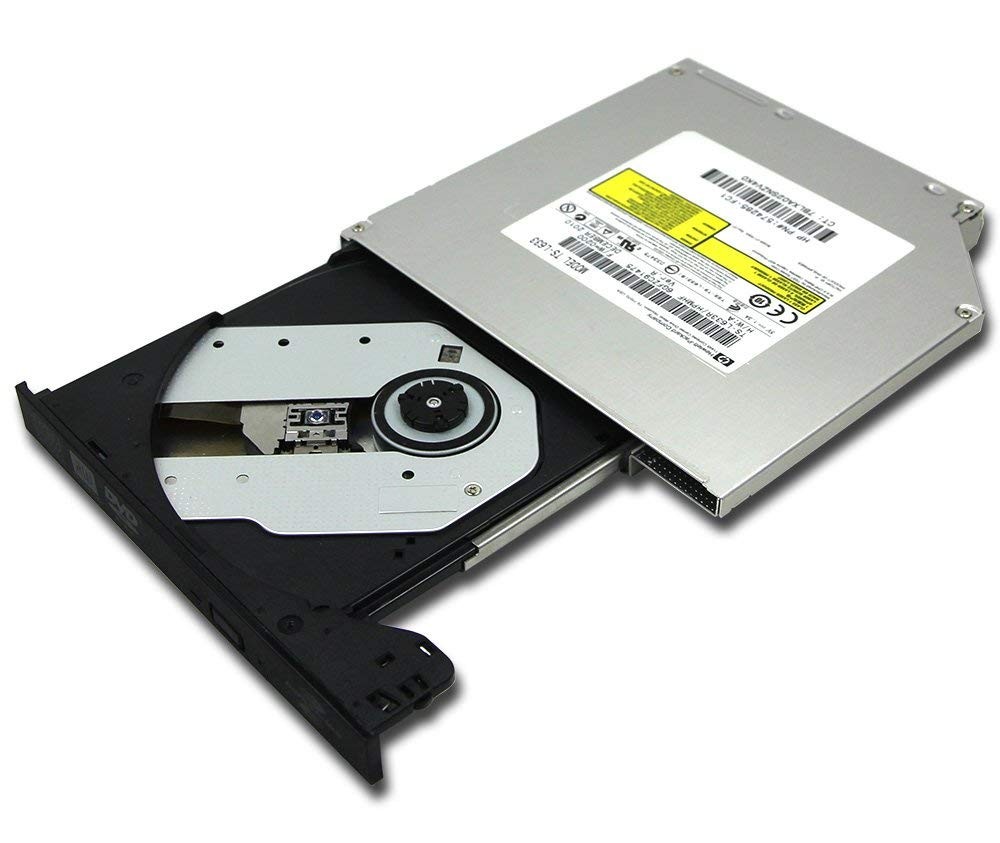
With the rapid increase in home copying of CDs and piracy, the music companies have started to introduce copy protection for audio CDs. The purpose of the various technologies is to prevent the audio tracks being read by a PC, so that the CD cannot be ‘ripped’ to hard disk and copies cannot therefore be made. Most available copy protection systems make use of the differences between CD players and CD-ROM drives. The former stream audio from the CD continuously, while CD-ROM drives read the audio in ‘blocks’ and need to find the next ‘block’ of data by using the time-codes in the Q-channel. Also CDROM drives will look for the last session on a disc, but CD-Audio players will only read the first session of a multi-session disc. It is then possible to use these and other characteristics of CD-ROM drives to hide the CD audio tracks from a PC. Another technique is to introduce errors into the audio that are concealed by a CD player but not by a CD-ROM drive when the audio is ripped. A copy will then include ‘clicks and pops’ when played, but the original CD will not. Since the audio cannot be played on a PC when hiding is used, most technologies (see ) include a second session with compressed audio files that will play on a PC. This results in a reduction in the playing time for the Red Book audio tracks of up to 10 per cent
Since compact discs store audio in a digital format, they are suitable for storing other information that can be represented in a digital form. In 1984, Philips and Sony released the Compact Disc Read Only Memory (CD-ROM) specification, known as the Yellow Book. This defines the necessary additions to the Red Book for the storage of computer data. Any computer data can be pre-recorded on a CD-ROM.
Data capacity 656 MB For 74 minutes (688 x 106 bytes) Raw data bitrate 1.41Mbits/s Includes all bytes in sector User data rate 150 kB/s At 1x speed Block (sector) size 2,352 bytes User data per sector 2048 With full error correction Sector rate 75 sectors/s At 1x speed reading Sector Modes 1 or 2 See 3.1 Sector Forms 1 or 2 Mode 2 only
To read the data from a CD-ROM disc requires a CD-ROM drive as a computer peripheral. The data on a CD-ROM can be accessed much faster than a tape, particularly using the latest high-speed drives (52x is now common). To reduce the maximum angular velocity these faster drives use CAV (constant angular velocity) rather than CLV (constant linear velocity). Therefore the data rate for data near the inside is less than the data rate at the outside of the disc. For example a 40x drive gives a maximum data rate of between 2.8 and 6 MB/s, depending where on the disc the data is being read. Faster drives can create problems so some drives make use of multiple laser beams to increase the data rate without increasing the angular velocity. CD-ROM drives are designed also to read CD audio discs at the correct speed. Other discs, like Video CDs, which are designed for single speed, are read in bursts to maintain the correct data rate.
When CD-ROMs were first introduced, the main applications were for encyclopaedias and large text databases particularly for the legal profession. CD-ROMs provided a very convenient means of storing and accessing large amounts of text. Later, graphics images were added to the text and then colour photographs, audio and even motion video. Multimedia CD-ROMs had arrived. With the advent of Microsoft's Windows (particularly the more recent versions), it became much easier to develop titles to exploit the multimedia capabilities of CD-ROM and now almost all CD-ROMs developed for the PC require Windows. Other systems that play CD-ROM discs include Macintosh and Games consoles. Some typical applications for CD-ROM are summarised in the following list:
 48 times.
48 times.
Ask me about:

technician / 7/9/2019 5:27:02 PM (Original: 960X540 px)
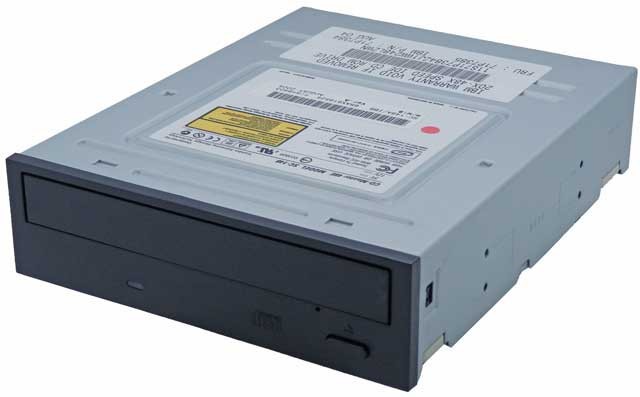
technician / 7/9/2019 5:27:40 PM (Original: 640X397 px)
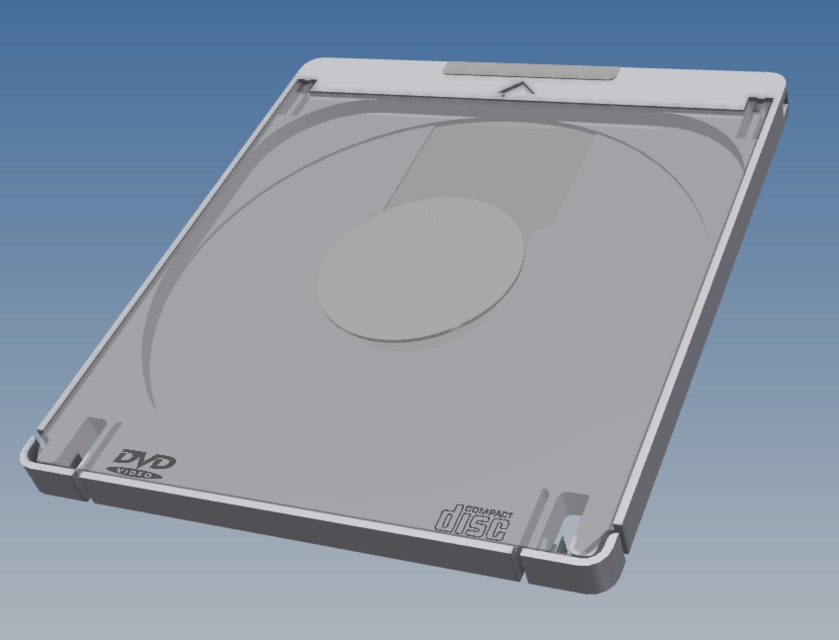
technician / 7/9/2019 5:28:31 PM (Original: 839X640 px)

technician / 7/9/2019 5:29:57 PM (Original: 1280X803 px)
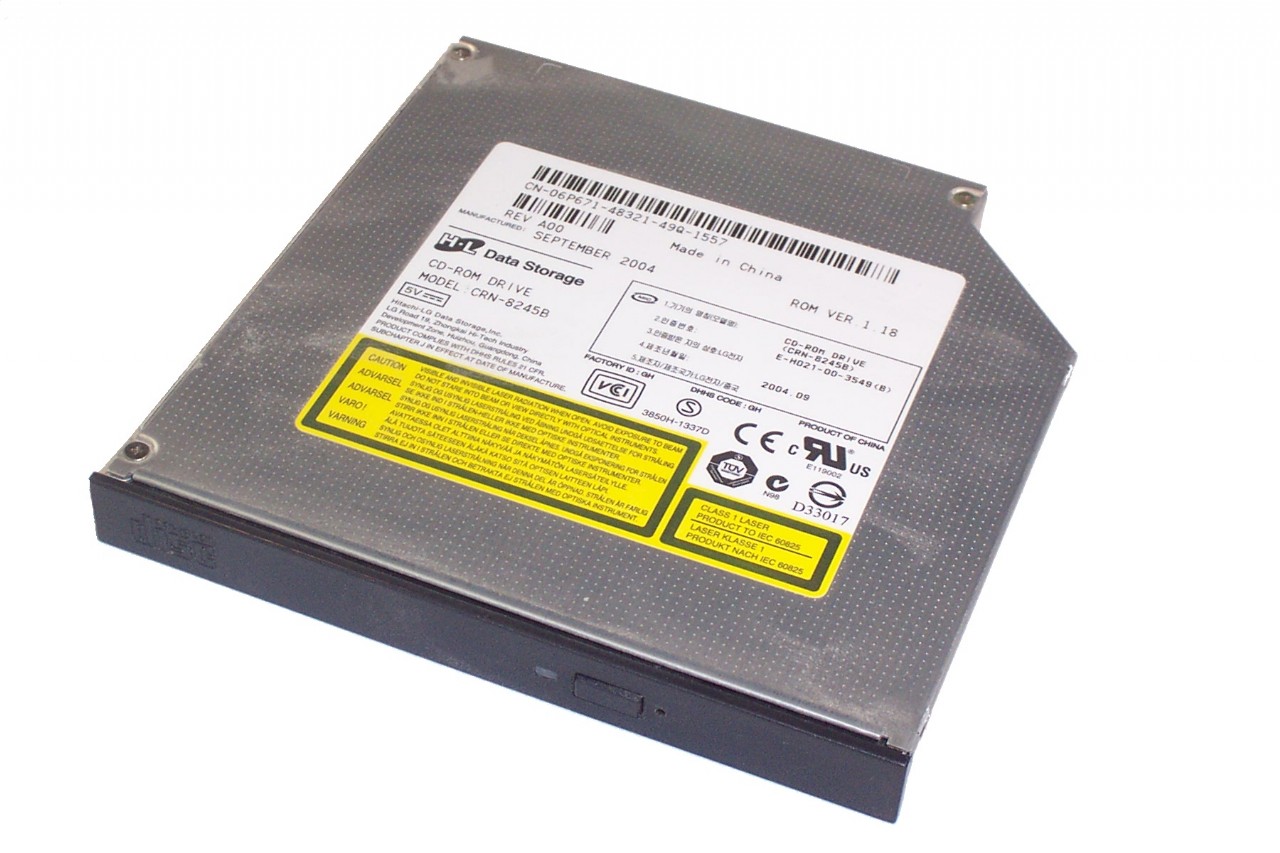
technician / 7/9/2019 5:30:54 PM (Original: 1280X853 px)
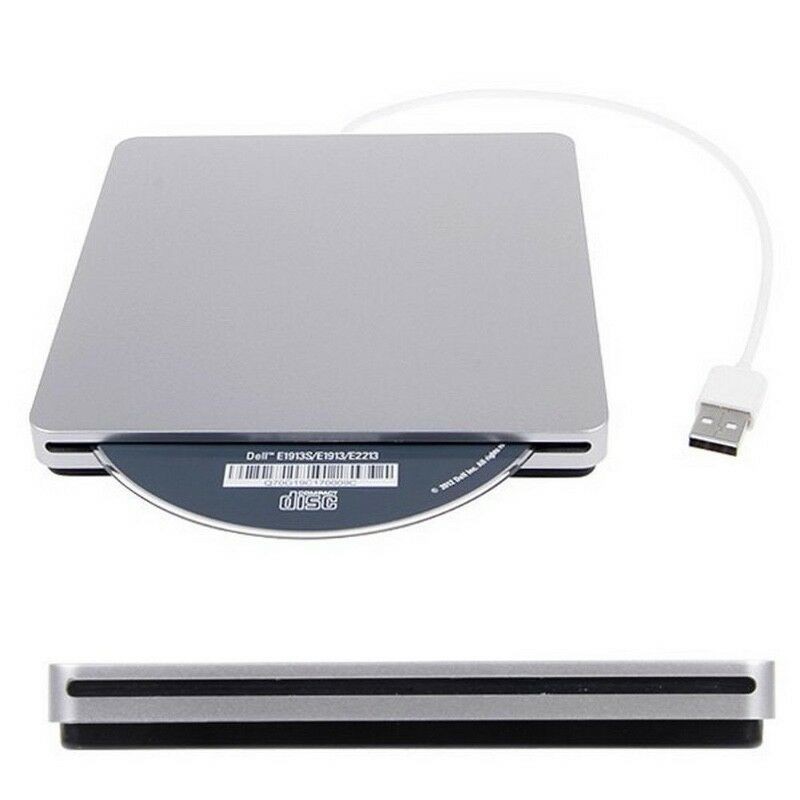
technician / 7/9/2019 5:32:59 PM (Original: 800X800 px)
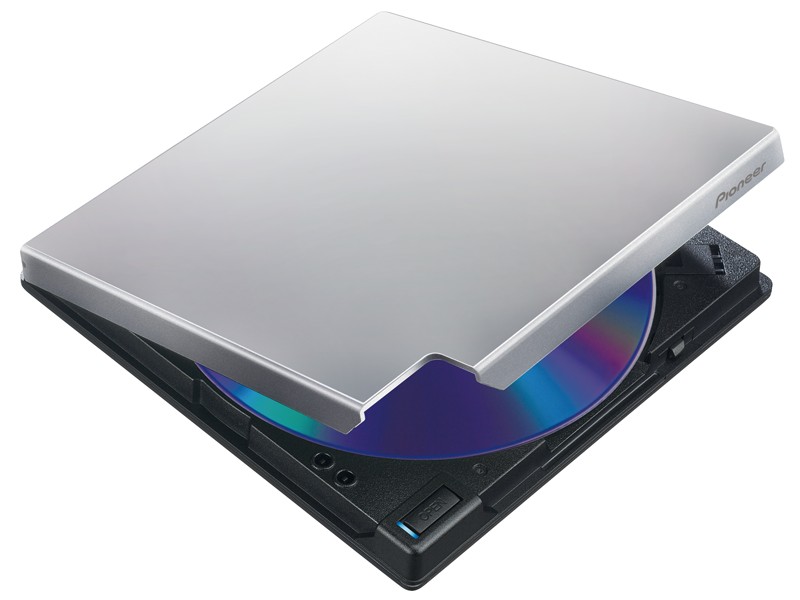
technician / 7/9/2019 5:33:35 PM (Original: 800X600 px)
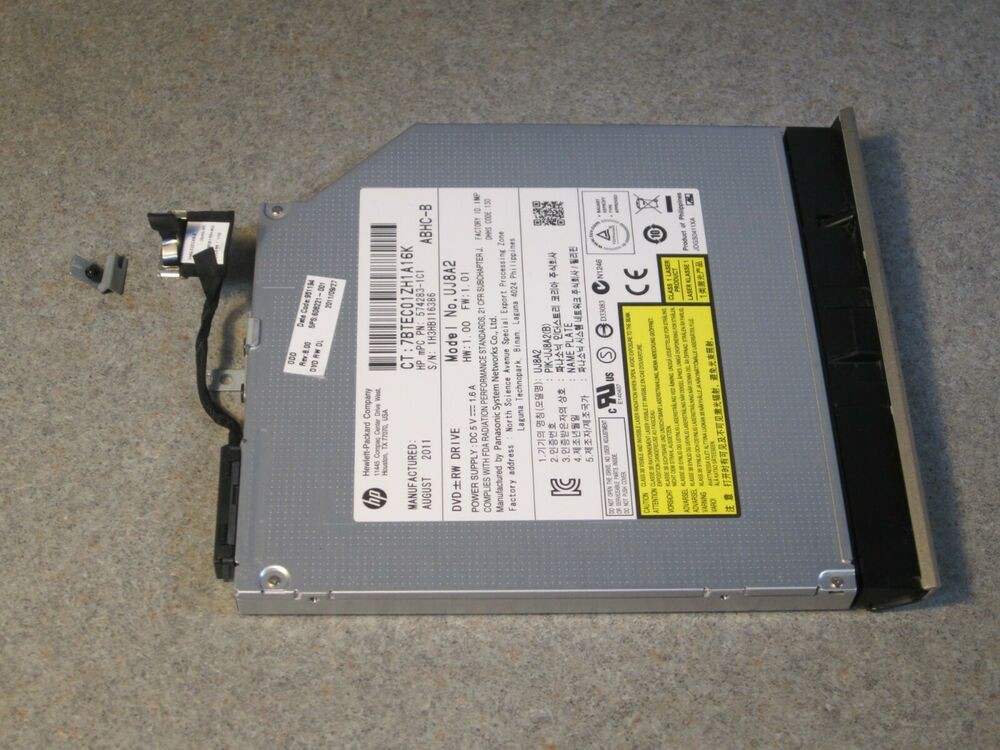
technician / 7/9/2019 5:36:06 PM (Original: 1000X750 px)

technician / 7/9/2019 5:37:54 PM (Original: 1000X843 px)

technician / 7/9/2019 5:39:05 PM (Original: 1280X1019 px)
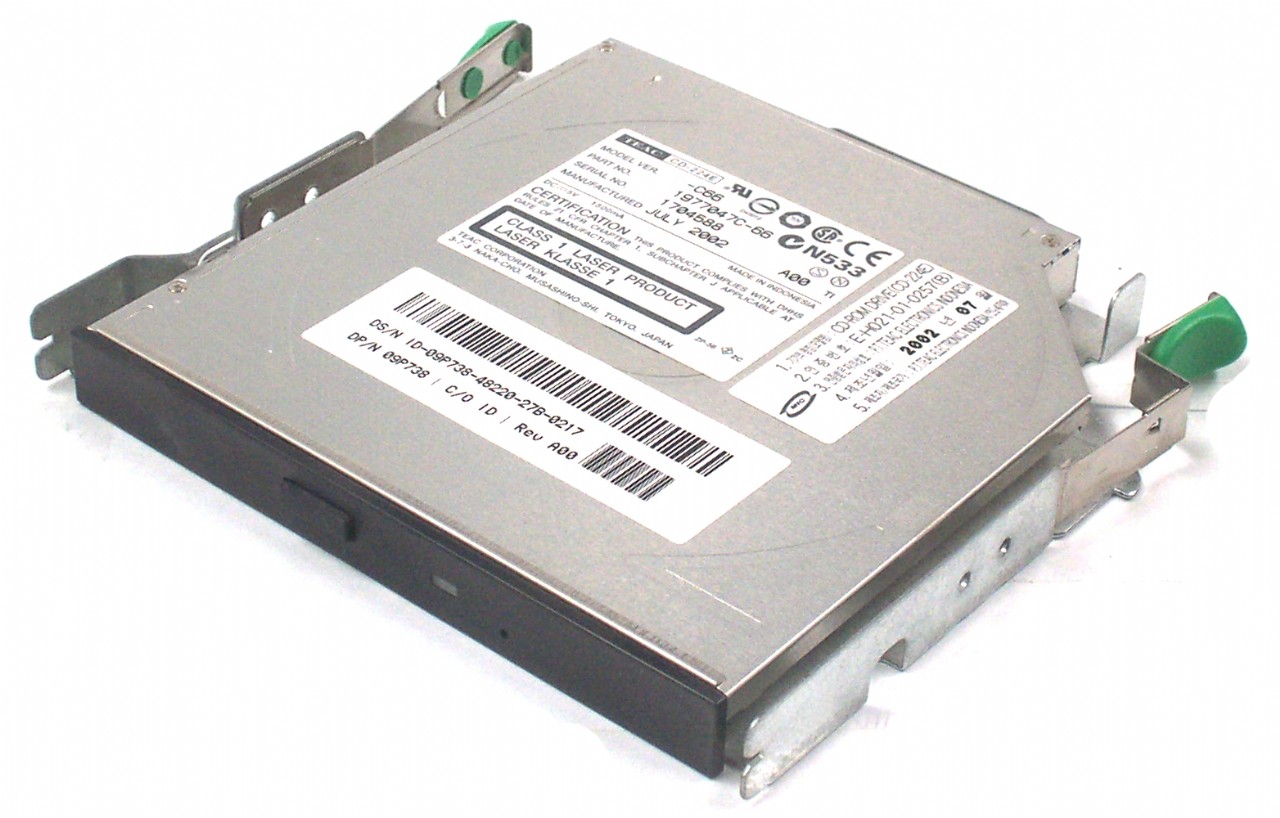
technician / 7/9/2019 5:40:52 PM (Original: 1280X818 px)

technician / 7/9/2019 5:43:47 PM (Original: 1280X975 px)
ESP-enabled visualization in business can streamline data analysis, offering real-time insights for informed decision-making, improving efficiency and effectiveness.
ESP-enabled visualization Answers: 0 499
499
Learn about common error codes for the GA-990FX-Gaming motherboard and how to troubleshoot and resolve them effectively to ensure optimal performance.
GA-990FX-Gaming motherboard error code list Answers: 0 1601
1601
Learn how to connect your Stylo 4 to your TV without relying on internet connectivity for streaming or mirroring content using simple methods and cables.
Stylo 4 to TV without internet Answers: 0 513
513
Discover simple and effective solutions to resolve Xiaomi SIM card activation issues on your device quickly and efficiently. Don't let technical difficulties stand in your way.
Xiaomi SIM card activation issue fix Answers: 0 334
334
Learn how to troubleshoot Xiaomi SIM card configuration problems like No SIM card detected error. Follow these steps to fix the issue and get your SIM card working properly.
Xiaomi SIM card configuration problem Answers: 0 316
316
Learn how to replace the motor sensor on your LG washer with our step-by-step guide. No specific tools required, just follow our simple instructions.
LG washer motor sensor replacement Answers: 0 525
525
Learn about common POST codes on the GA-990FX-Gaming motherboard to troubleshoot booting issues effectively. Understanding these codes can streamline the debugging process.
GA-990FX-Gaming motherboard POST codes Answers: 0 470
470
Learn how to reset or recover your forgotten Comcast network password. Understand the steps involved in regaining access to your account.
Comcast network password recovery Answers: 0 350
350
Learn how to change or reset your Comcast internet connection password easily with step-by-step instructions and helpful tips. Keep your network secure!
Comcast internet connection password Answers: 0 482
482
Learn how to unlock your LG Stylo without an OTG cable by using alternative methods such as Google Find My Device or performing a hard reset.
LG Stylo bypass without OTG cable Answers: 0 486
486
Learn how to bypass Google verification on your LG Stylo to unlock your device and regain access. Follow simple steps to remove the verification process.
LG Stylo Google verification removal Answers: 0 184
184
Learn how to troubleshoot and fix the OE error code on your LG washer. Discover the possible causes and solutions to resolve this issue effectively.
LG washer troubleshooting codes Answers: 0 319
319
Learn how to troubleshoot Xiaomi SIM card activation issues on your device. Follow these steps to resolve any problems with your SIM card activation.
Troubleshoot Xiaomi SIM card activation Answers: 0 142
142
Learn how to activate a SIM card on your Xiaomi device with these recommended steps to ensure your device functions properly.
Xiaomi SIM card activation steps Answers: 0 148
148
Learn how to connect your LG Stylo 4 to your television using an HDMI cable or wireless connection, with simple steps and guidelines provided in this article.
Connect Stylo 4 to television Answers: 0 165
165
onhlp.com: Your Questions and Answers Resource with a Wealth of General Knowledge
Are you seeking a one-stop destination for comprehensive knowledge and answers to your burning questions? Look no further than onhlp.com! Our platform is your go-to source for a wide range of information, all conveniently presented in an easily accessible question and answer format.
At onhlp.com, we pride ourselves on being your reliable knowledge hub. Whether you're curious about technology, science, history, or any other subject under the sun, our extensive General Knowledge (GK) knowledge base has you covered. We've made it our mission to provide you with in-depth insights and facts on an array of topics. Read more